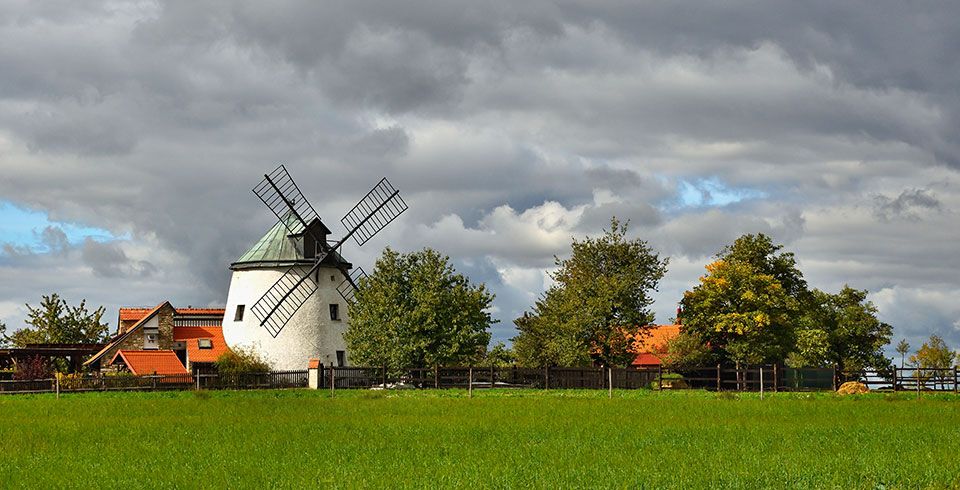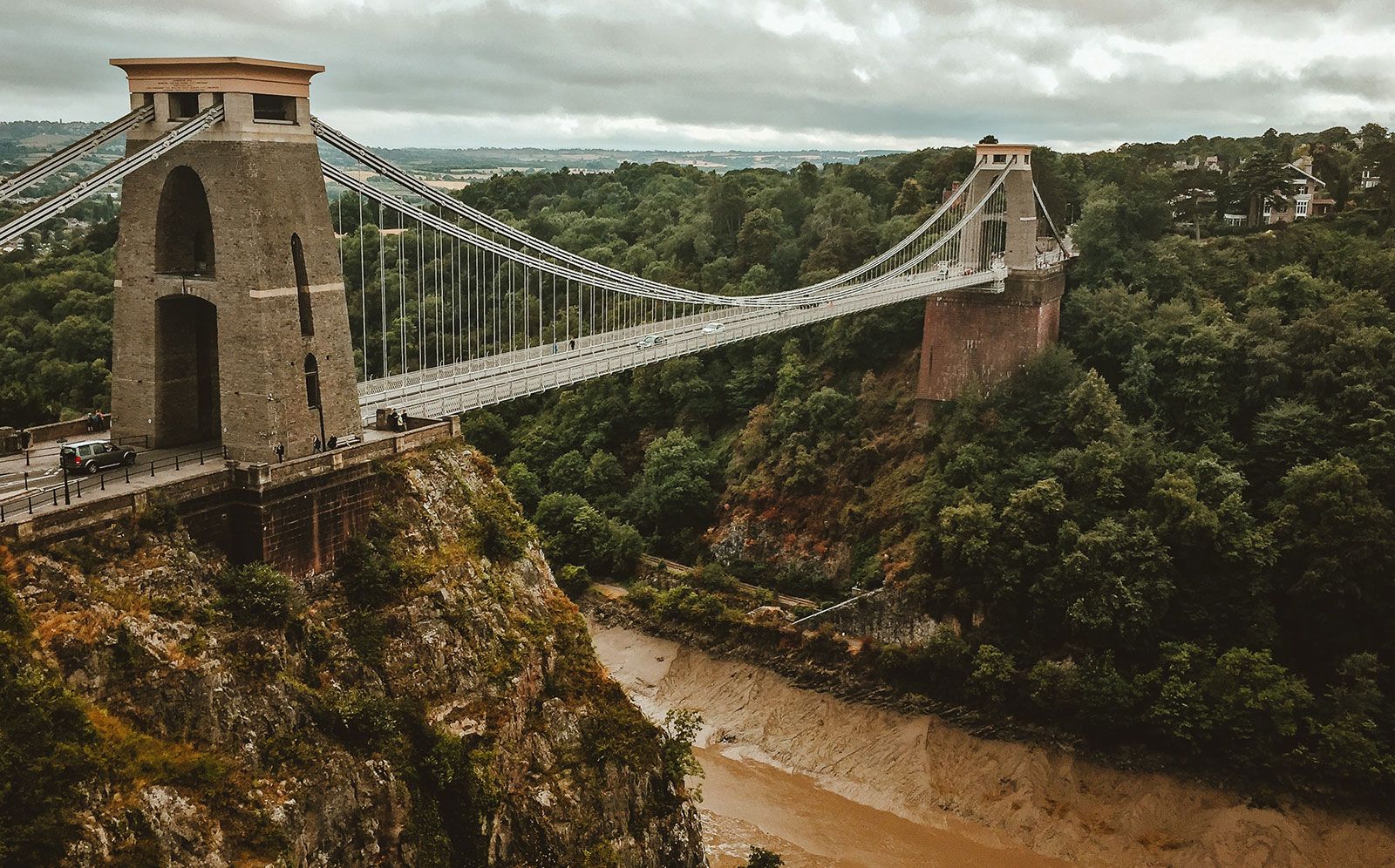Estonia isn’t so popular travel destination, compare to its neighbors like Sweden and Finland, but this small Baltic country has plenty to offer. This Northern Europe country borders the Baltic Sea and the Gulf of Finland. The more than 1,500 islands, lakes, old forests, and rocky beaches offer to its visitors a unique chance to experience a dynamic little country. Formerly part of the Soviet Union, it’s dotted with castles, churches and hilltop fortresses. Estonia has been rated by Lonely Planet as The best value destination in the world in 2016.
What Not to Do in Estonia
If you are planning to travel to this Baltic country, the following guide will help you to have a more pleasant experience. Here I’ll share a few things you need to know not to do if you travel to Estonia.
1. Avoid Speaking About USSR
It’s preferred not to speak about their history with the Soviet Union or USSR because of their bad memories about the time being part of it. Estonians are not very comfortable with being referred to as Eastern-Europeans.
2. Keep Your Voice Down
Do not raise your voice in a conversation. It is not nice.
3. You Can Get Harassed
Don’t be surprised if you get harassed. People traveling to Estonia have been warning that they may be a target of harassment. People who look or appear to be from a foreign country have been known to be targeted to be harassed for racial reasons.
4. Don’t Keep Your Shoes On
When you are entering a home in Estonian, don’t forget to take off your shoes when you step inside.
5. Don’t Expect a Salesman to Approach You in The Stores
One of the major social rights in Estonia is your freedom to choose and decide on your own. And because of that when you go in the stores, most of the time you have to ask what you are looking for and not to expect that the salesman will start a conversation with you or try to sell you something as in some other countries.
6. Don’t Ask Them if They Speak Russian
The absolutely worst thing is to ask Estonians that is Russian your language or speak Russian to them. Estonians are proud of their own language – Estonian.
However, most Estonians prefer to speak English.
7. Bicycling Is Not so Popular
Bicycles are not so used in Tallinn. There aren’t many roads for bicycles except in Pirita, you have to be careful if you are biking!
8. Don’t Forget to Wear Reflectors
If you decide to rent a bike and go for a ride after dark, don’t forget to wear small reflectors, especially during winter. The fine can range from $50 to $500 USD.
9. Don’t Drink Alcohol Outside
It is not allowed to drink alcohol outside, only at the bar area or at home. The age limit for alcohol and smoking is 18 years old. Usually, the rule, when shops can sell alcohol is from 9.00 to 22.00.
10. Don’t Expect Help When Traveling With Kids
If you are traveling on the streets and in public transport with children in pushchairs. The streets of old cities are cobbled making it difficult to push strollers or the public transportation stroller, buses have high stairs and this may make it difficult for you and don’t expect that people will help you.
If you want to learn more about what to do when visit Estonia check our post 10 reasons to visit Estonia.
If you have your own tips on what not do, when you visit Estonia, please share them in the comment below. I would love to hear about your experience.











